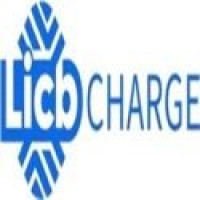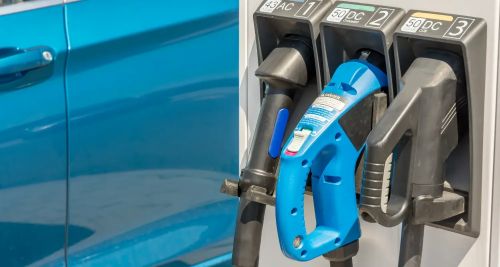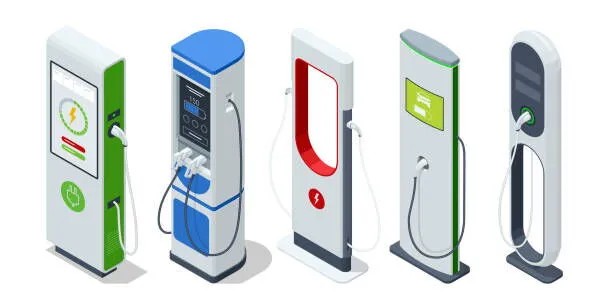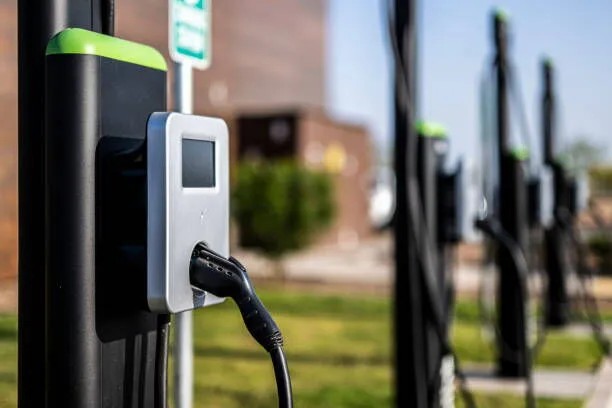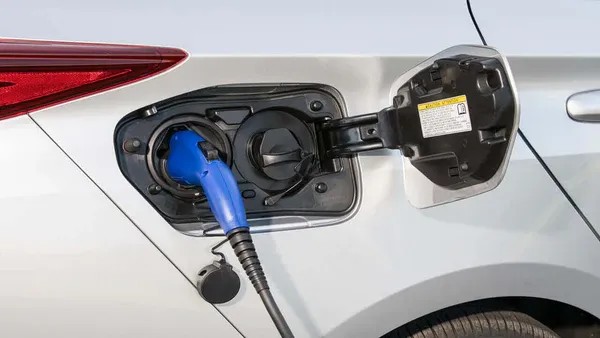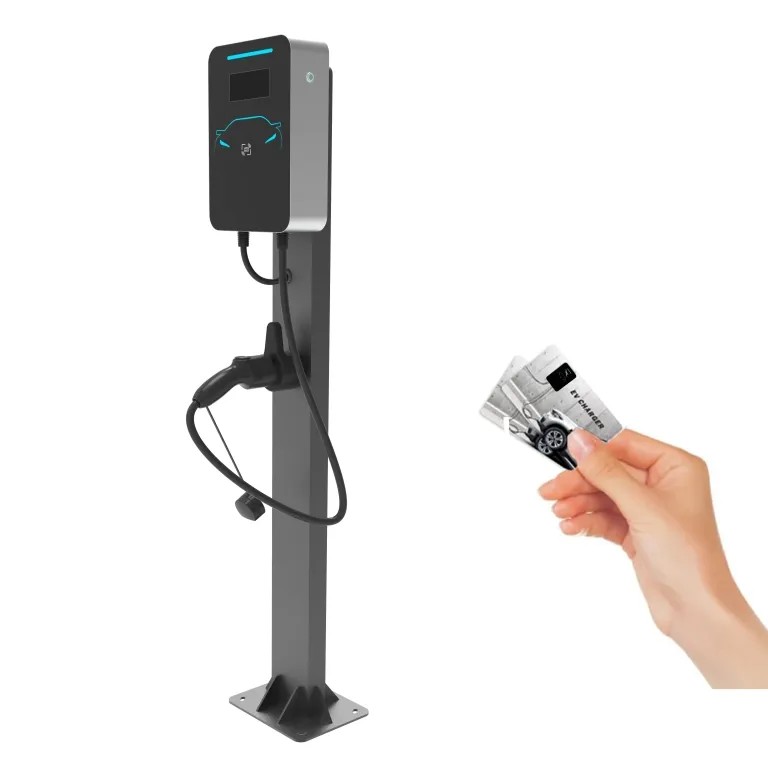Public EV Chargers: Powering the Future of Sustainable Mobility
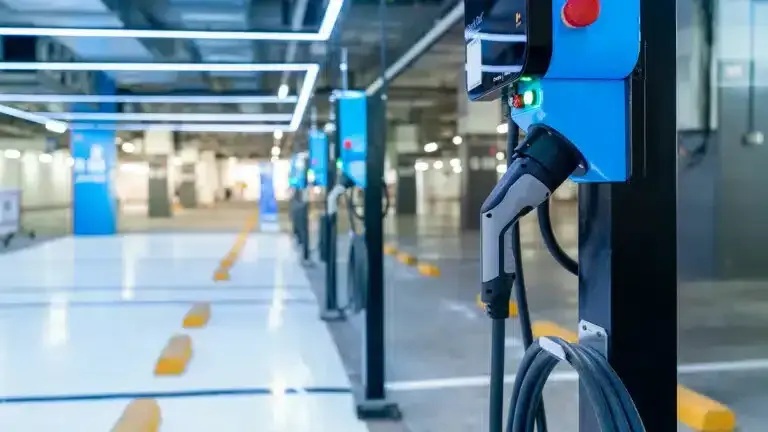
Strong 8k brings an ultra-HD IPTV experience to your living room and your pocket.
Introduction
As a leading EV charger manufacturer in China, LiCB Charge delivers reliable AC and DC electric vehicle charging stations along with comprehensive charging solutions.
As electric vehicles (EVs) gain momentum and become part of everyday life, the need for accessible, reliable, and convenient charging infrastructure is more crucial than ever. Public EV charging stations have become vital in this shift, bridging the gap between home chargers and long-distance travel, while enabling communities to adopt cleaner transportation.
Whether located at busy shopping centers, cozy cafés, hotel parking lots, or highway rest stops, public chargers offer benefits far beyond just powering vehicles. They enhance commercial spaces, improve customer experiences, support sustainability initiatives, and open new revenue channels for businesses ready to embrace the electric future. Yet, along with these advantages come challenges that stakeholders must navigate as EV adoption grows.
In this article, we’ll dive into the advantages and disadvantages of public EV chargers, explore how businesses and property owners can capitalize on them, and offer tips for EV drivers on selecting the best public charging options.
The Benefits of Public EV Charging Stations
1. Greater Accessibility and Convenience for Drivers
Public chargers help ease one of the biggest concerns among EV owners: range anxiety — the worry of running out of battery before reaching a charger. By placing charging stations in convenient, high-traffic locations, businesses and municipalities make it easy for drivers to recharge while running errands, dining, or resting overnight.
This convenience not only helps drivers but also benefits retailers and property owners. Customers tend to stay longer when charging is available, increasing the likelihood they’ll shop or dine while their vehicle powers up. For commercial properties, having public chargers enhances appeal to tenants and visitors alike.
2. New Revenue Streams and Improved Customer Loyalty
Many public charging stations operate on a pay-per-use or subscription basis, creating fresh income opportunities for businesses. Drivers may pay for electricity consumed, charging duration, or speed, while some operators offer loyalty programs to reward frequent users.
This translates to more time spent on-site, often leading to higher customer spending. For instance, a café with a Level 2 charger might attract remote workers or travelers who linger longer, ordering more food and drinks. Additionally, partnerships with charging network providers can help businesses share profits or reduce installation and maintenance costs, positioning them well for a growing EV market.
3. Supporting Sustainability and Environmental Goals
Public EV chargers promote the use of zero-emission vehicles, reducing greenhouse gases and urban air pollution. Installing charging infrastructure demonstrates a tangible commitment to environmental responsibility, which is increasingly important to customers and communities.
Some charging stations integrate renewable energy sources like solar or wind, further shrinking their carbon footprint. Businesses that prioritize green initiatives often see enhanced brand reputation, attracting consumers who value sustainability.
4. Enhancing Property Value and Future-Proofing
Properties equipped with EV chargers stand out as modern and future-ready, appealing to tenants, customers, and investors. Studies show that EV infrastructure can boost property values by signaling forward-thinking amenities.
Governments often support these investments through grants, tax credits, or incentives, making it financially attractive to install chargers now rather than later. By acting proactively, property owners ensure their locations remain competitive as electric mobility becomes mainstream.
Challenges of Public EV Charging Stations
1. Grid Capacity Limitations and Infrastructure Costs
Expanding public charging networks, especially with fast DC chargers, can strain local electrical grids. In some areas, significant upgrades or additional energy storage solutions are needed to handle the increased load, which can be costly—especially for smaller businesses.
Collaboration among utilities, municipalities, and operators is essential to plan and manage grid improvements and deploy smart charging systems that optimize demand during peak hours.
2. Managing Electricity Costs and Pricing Transparency
Operating a charging station involves ongoing electricity expenses that fluctuate with market rates and demand. Dynamic pricing models—adjusting fees by time or load—help manage these costs but can sometimes confuse or frustrate users if not clearly communicated.
Transparent billing practices are crucial to maintain customer trust and avoid unexpected charges for drivers.
3. Availability and Wait Times for Chargers
As EV adoption rises, so does competition for available charging spots, especially in busy urban areas or popular locations. This can lead to drivers circling to find an open charger, increasing inconvenience and anxiety.
Real-time availability apps help alleviate this problem by guiding drivers to free chargers in advance, but infrastructure expansion remains critical to meet growing demand.
4. Compatibility and Interoperability Issues
Despite progress, not all EVs use the same charging connectors or support identical charging speeds. Tesla owners, for example, often need adapters for non-Tesla chargers.
Property owners and operators can maximize usability by installing chargers compatible with multiple connector types like SAE J1772, CCS, and CHAdeMO. Drivers should also familiarize themselves with their vehicle’s requirements and supported networks to avoid charging hassles.
How to Choose the Right Public EV Charger
Know the Charger Levels:
Level 1: Slowest, using a standard 120V household outlet; practical only for emergencies.
Level 2: Uses 240V power and offers a good balance of charging speed and cost, ideal for places where cars park for hours (shopping centers, workplaces).
Level 3 / DC Fast Chargers: The fastest option, capable of charging up to 80% battery in 20–40 minutes; best suited for highway stops and long trips. Note that charging slows down past 80%, so a Level 2 charger may be more cost-effective for topping off.
Check Connector Types:
In North America, Level 2 chargers use the SAE J1772 plug compatible with most EVs; Tesla drivers usually carry adapters. Fast chargers commonly use CCS Combo or CHAdeMO connectors. Confirm compatibility before you plug in.
Tethered vs. Untethered Chargers:
DC fast chargers typically include built-in cables (tethered), while some Level 2 chargers—especially in Europe—may require drivers to bring their own cable (untethered). It’s wise to carry a compatible cable in your vehicle to avoid surprises.
Looking Ahead: The Future of Public EV Charging
Public EV chargers are indispensable to the transition toward cleaner transportation. While challenges like grid management, costs, and compatibility remain, the benefits they provide to drivers, businesses, and the planet are undeniable.
Emerging technologies such as smart chargers that balance grid loads, integration with renewable energy, and expanding networks will continue to make EV charging more efficient, affordable, and convenient.
For businesses and property owners, investing in public charging infrastructure today is an investment in tomorrow’s mobility landscape — a clear statement of sustainability and a strategic advantage in a fast-evolving market.
For drivers, growing access to public chargers means greater freedom, confidence, and peace of mind on the road.
Together, we’re moving toward a future where clean electric mobility is accessible to everyone — one public charger at a time.
Know more about China Manufacturer
Note: IndiBlogHub features both user-submitted and editorial content. We do not verify third-party contributions. Read our Disclaimer and Privacy Policyfor details.

